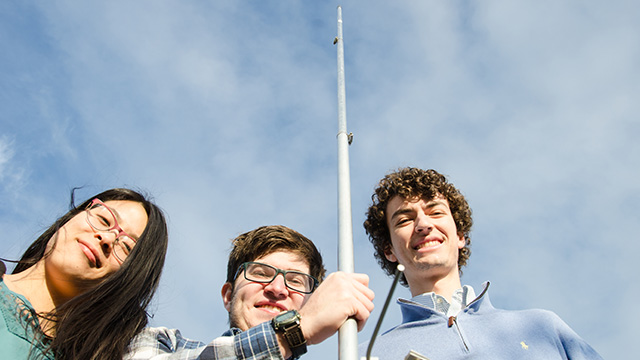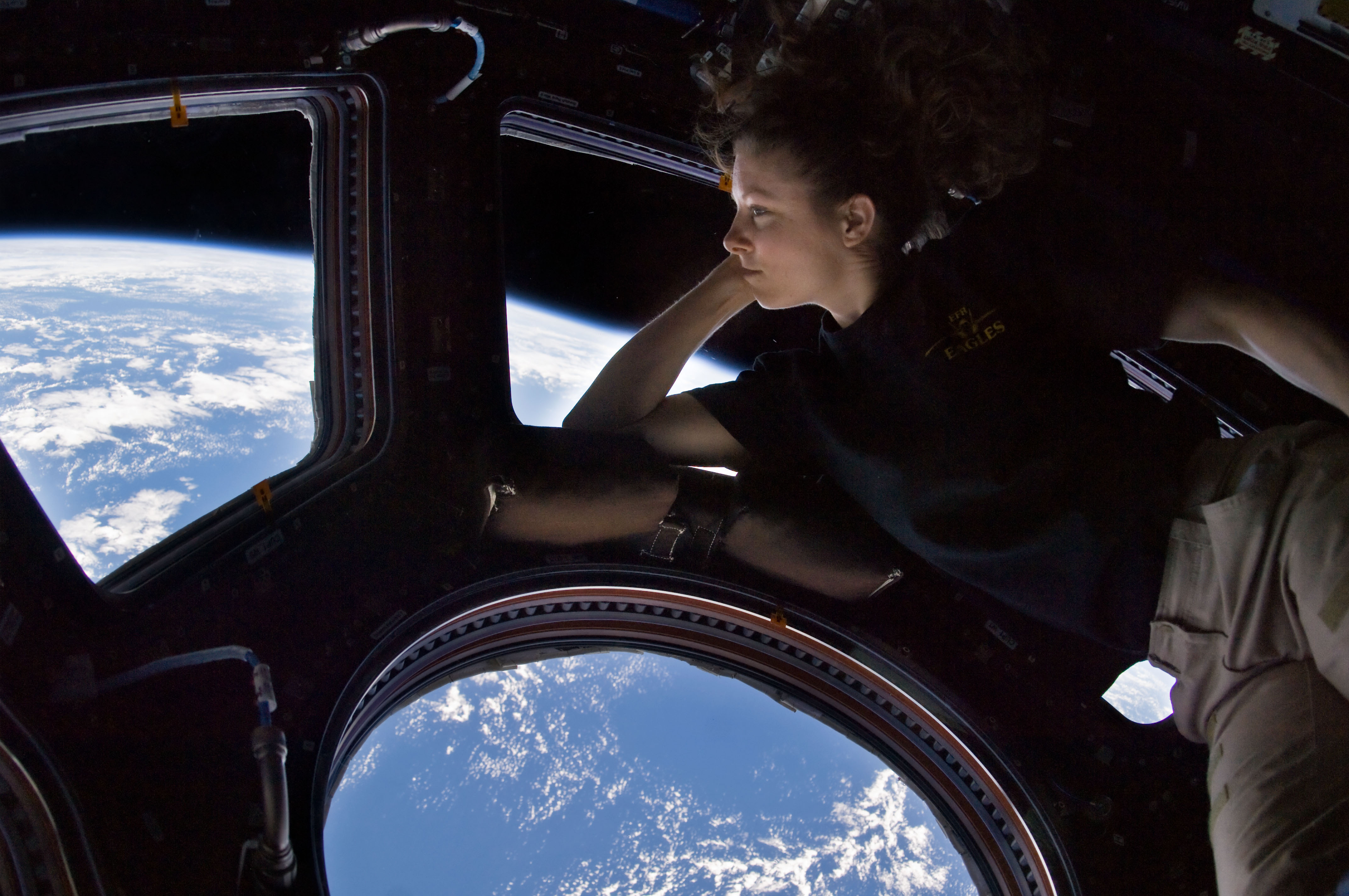A proposal submitted by a collaborative team of student organizations from the Statler College of Engineering and Mineral Resources at West Virginia University was one of only 11 selected to advance to the next stage of the Amateur Radio on the International Space Station or ARISS program.
ARISS allows students worldwide to experience the excitement of talking with crew members on the ISS in hopes of inspiring them to pursue careers in science, technology, engineering and math.
“The team was elated to hear that we were accepted,” said Kenneth Hite, a doctoral student from Summit Point, and WVU’s Amateur Radio Club president. “This was the first proposal many students on the team have ever written, so it was especially exciting for them.”

The team, led by WVUARC, submitted a proposal to demonstrate the educational benefits of an ARISS radio contact. With the assistance of WVU’s student chapter of the Institute of Electrical and Electronics Engineers and the Student Partnership for the Advancement of Cosmic Exploration, the students proposed a plan to offer grade school children the opportunity to participate in several events featuring amateur radio-based projects.
“It’s difficult trying to recruit younger students into amateur radio,” said Jessica Liu, an electrical engineering student from Columbia, Maryland. “So what better way is there to promote it than having an opportunity to speak with an astronaut?”
WVUARC and IEEE plan to partner with the outreach department in the Staler College to promote STEM education through summer engineering science camps that will feature projects like communicating using Morse code and controlling robots via satellite. They plan to extend these programs to communities and schools throughout the state.
They have already partnered with University High School in Morgantown on their recently launched new science program, Earth and Space Science. The organizations will prepare presentations and projects on topics such as orbital mechanics, broadcasting basics and elevation antennas that will be incorporated into UHS curriculum.
The acceptance of their education proposal with ARISS will not only allow them to expand their current educational outreach efforts in the community but also expand their reach here on campus. For the past year, WVUARC has put a lot of effort into reviving their membership numbers, and are excited to see increased interest in the group.
“I wanted to get involved with the ARISS project because communicating with the ISS allows us to learn how the processes work between Earth and space,” said Katie Warner, an electrical engineering student from Morgantown. “Having the opportunity to speak with crew members of the ISS through the ARISS project is a perfect way to apply the knowledge I have gained about electrical engineering here at WVU to a real-world application.”
Before contact with the ISS is scheduled, the team must submit an equipment plan that demonstrates their ability to successfully carry out the amateur radio contact.
“This is also a rather technical challenge,” said Heston Van Evera, an electrical engineering major from Shepherdstown. “Talking to the ISS will require not only proper antenna and radios, but also the equipment required to track the Space Station while it orbits. This is a challenge that will allow our club to gain a solid understanding of communication systems that only comes through actual application.”
The team will be granted a technical mentor within the next month and plans to work with the Monongalia Wireless Association in order to raise funds for the new equipment and improvements necessary to meet the technical requirements. Pending approval, the contact will be carried out from the WVUARC’s home base on the 11th floor of the Engineering Science Building on WVU’s Evansdale campus.
NASA will provide scheduling opportunities for those who successfully complete an equipment plan during the second half of 2017.

